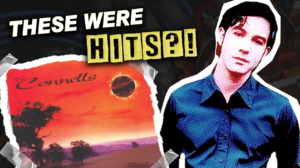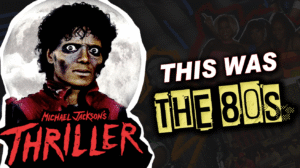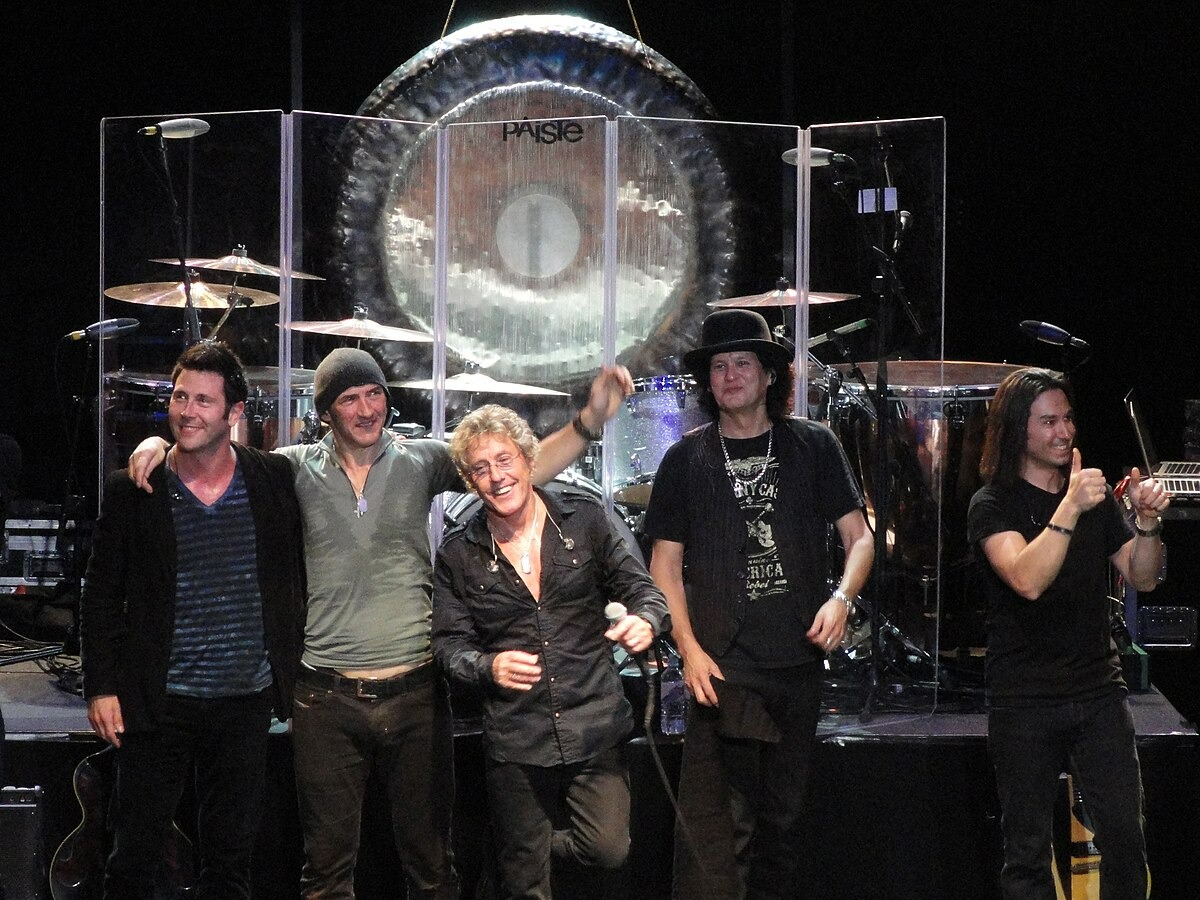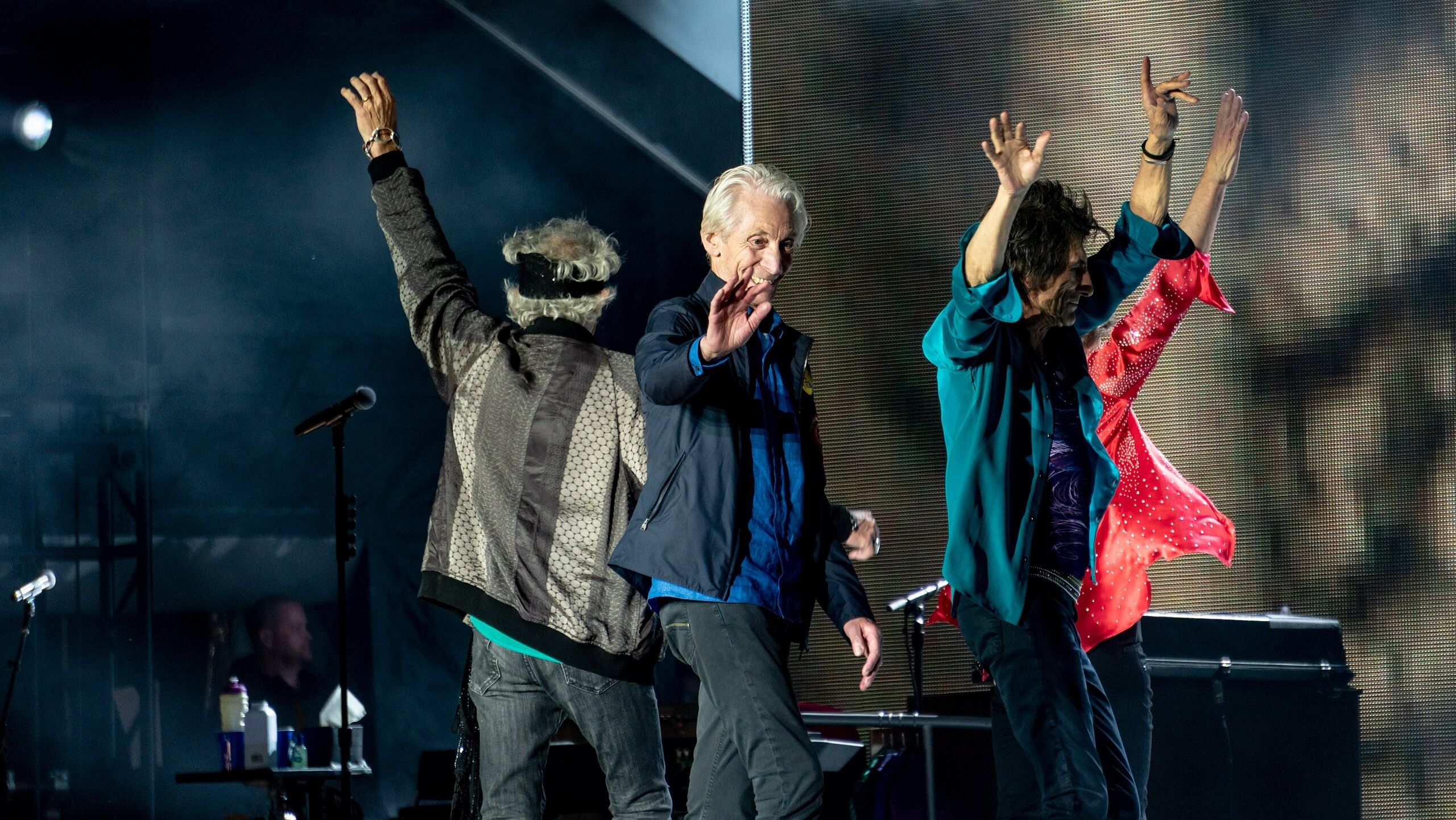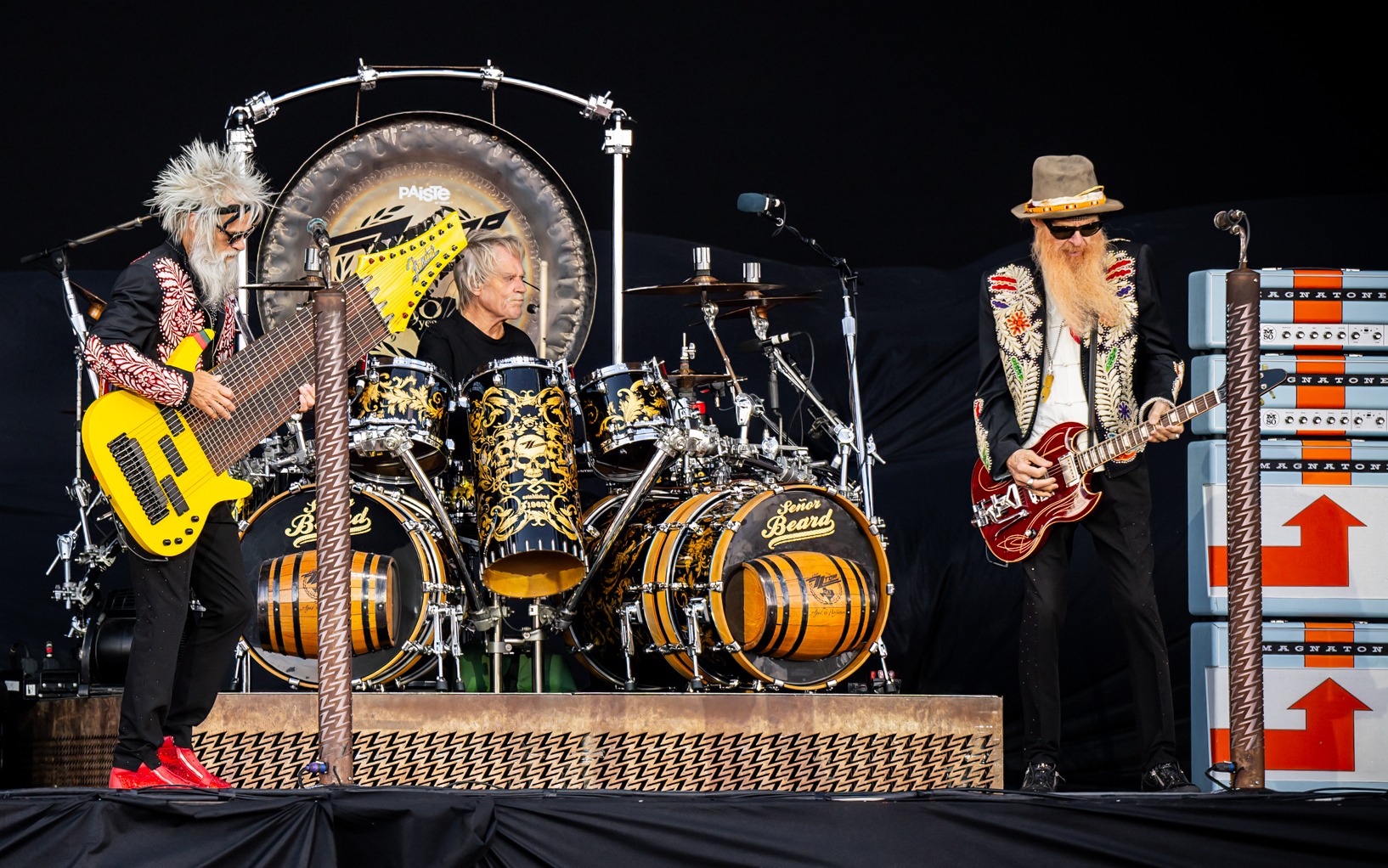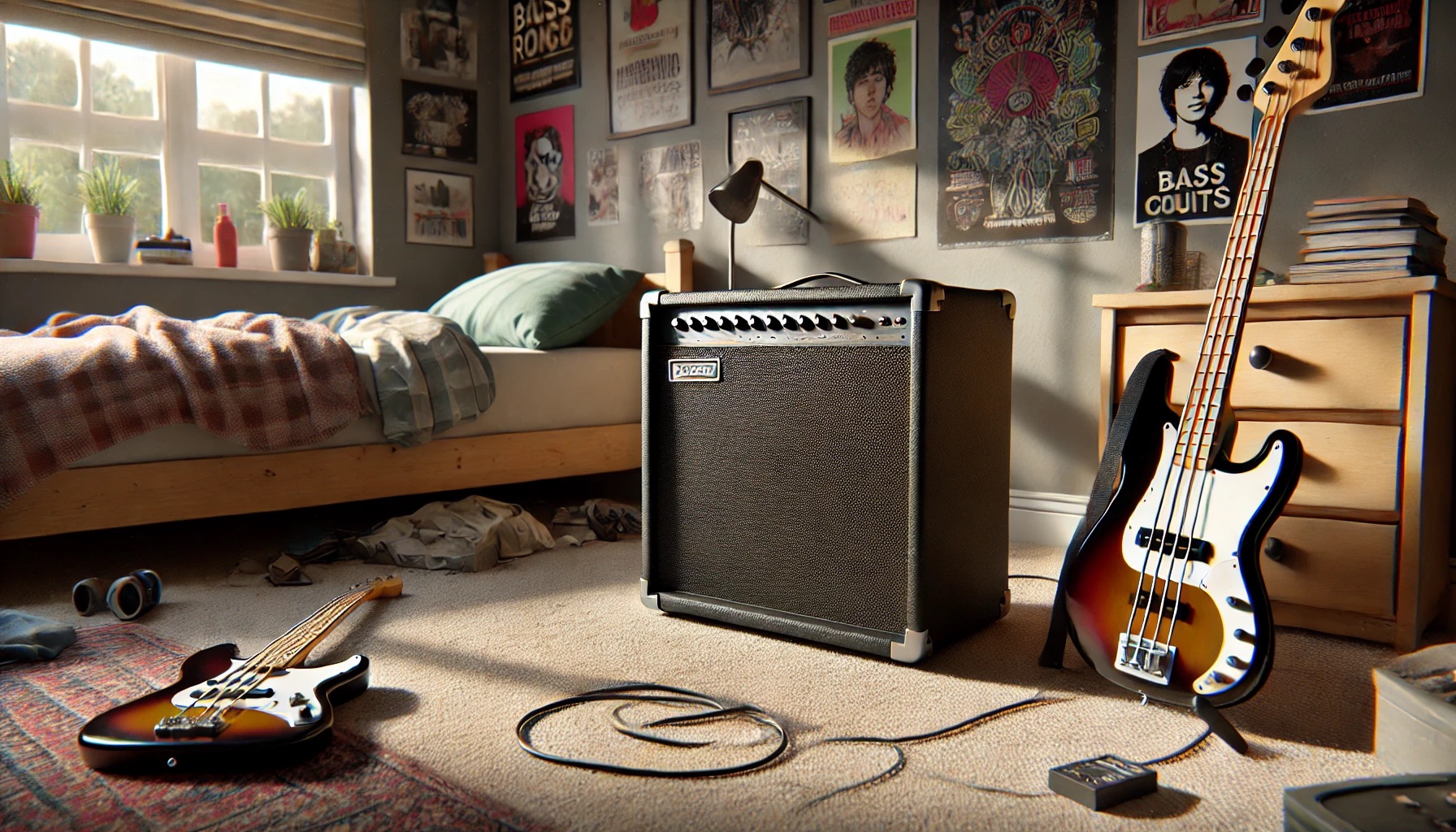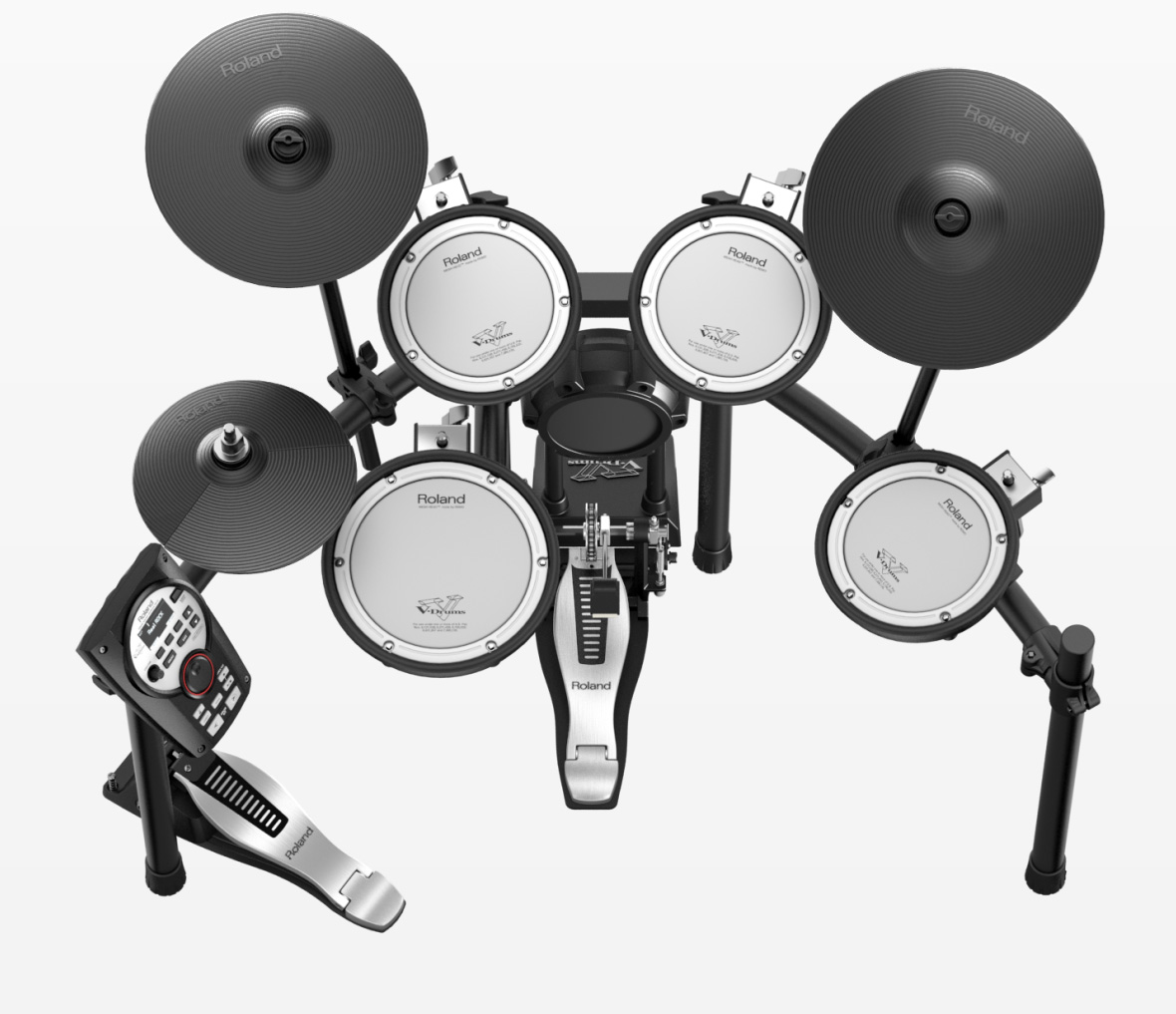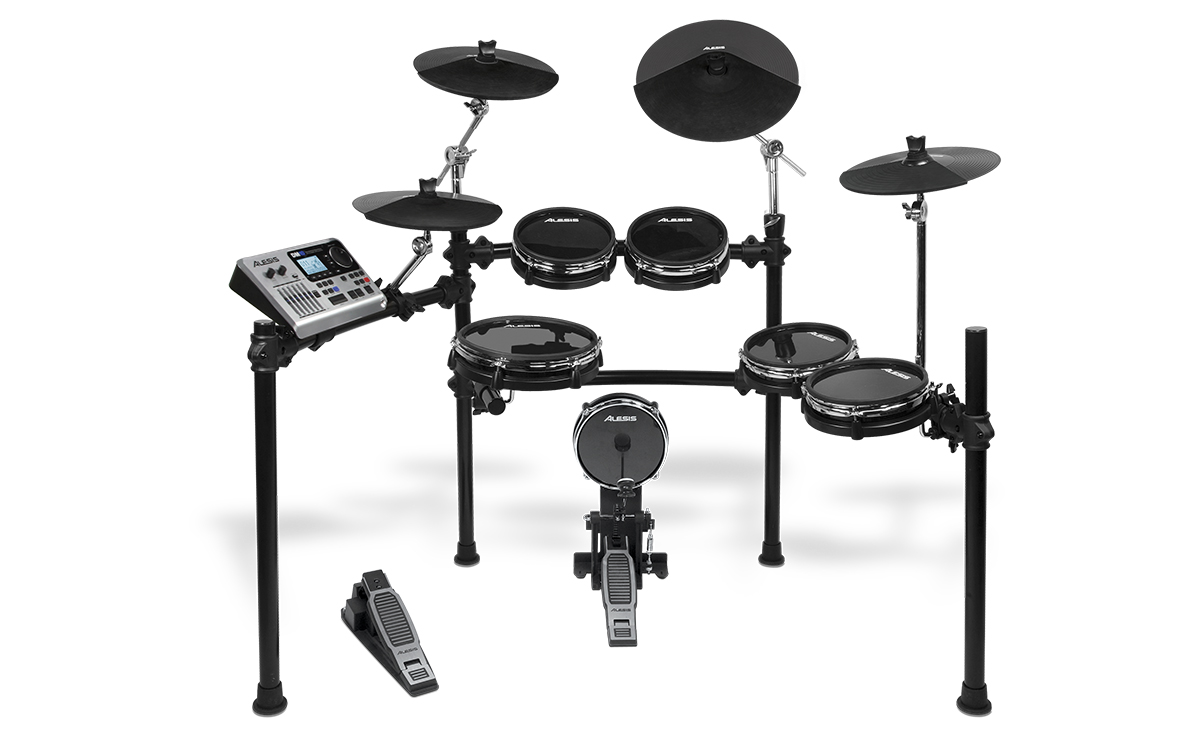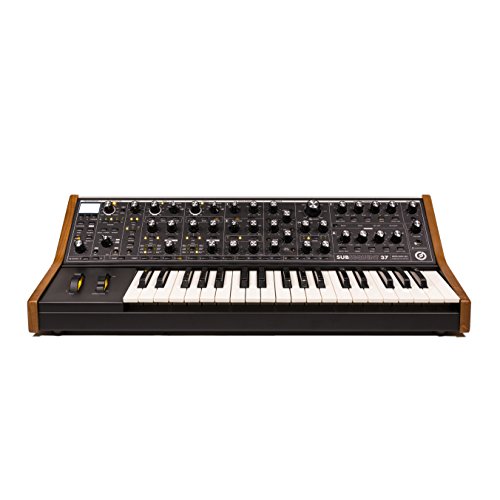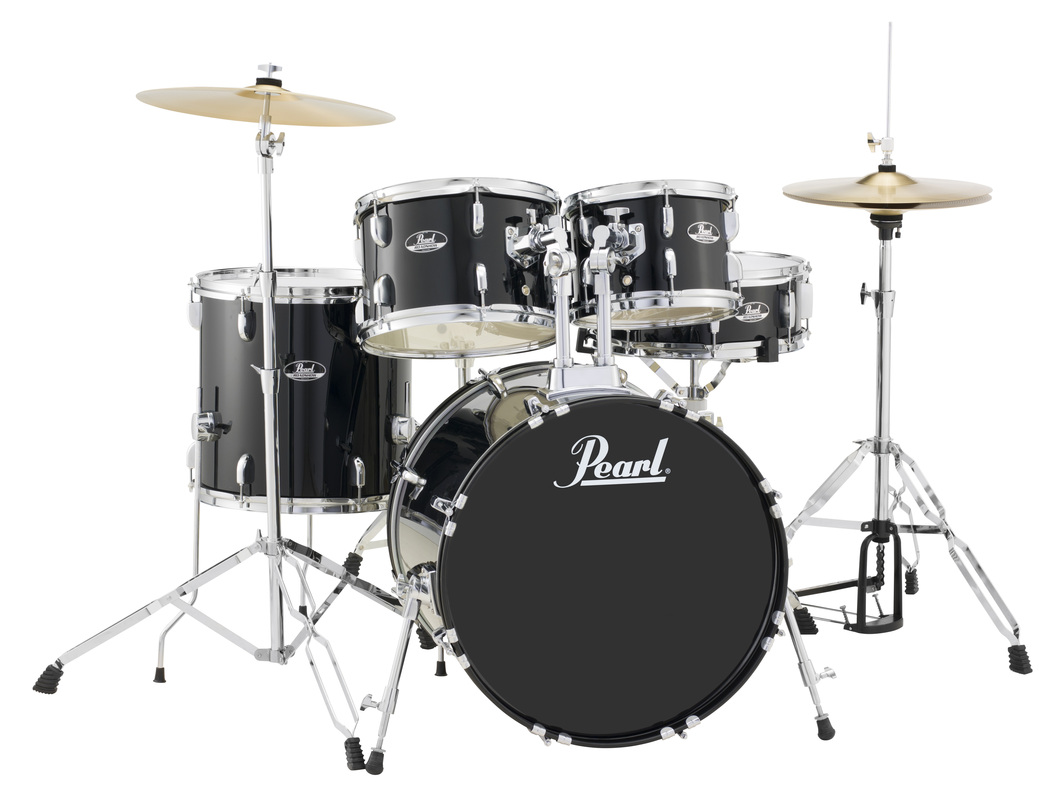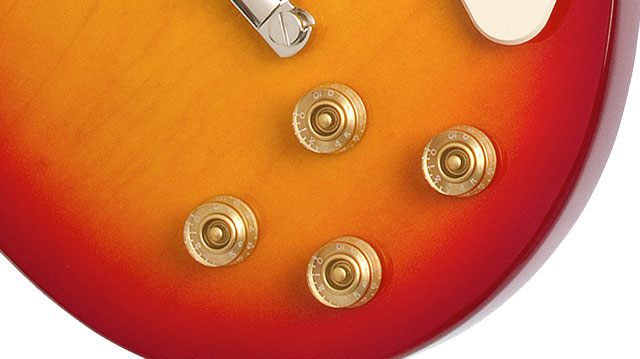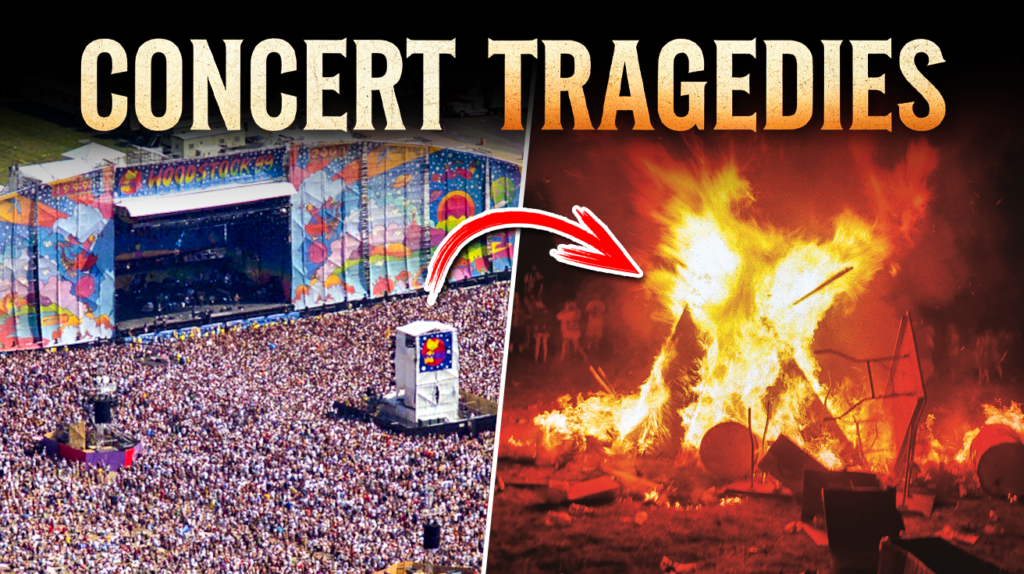
Concerts are meant to be a celebration of music and community, but history has shown us that they can also be the site of unimaginable tragedies. From fires to stampedes, many of these concert tragedies are responsible for the kinds of security setups and safety protocols at concerts today. We’re exploring seven of the most devastating concert tragedies that turned a fun weekend out into a tragedy and wrote the book on proper concert safety – often in blood.
Woodstock ’99
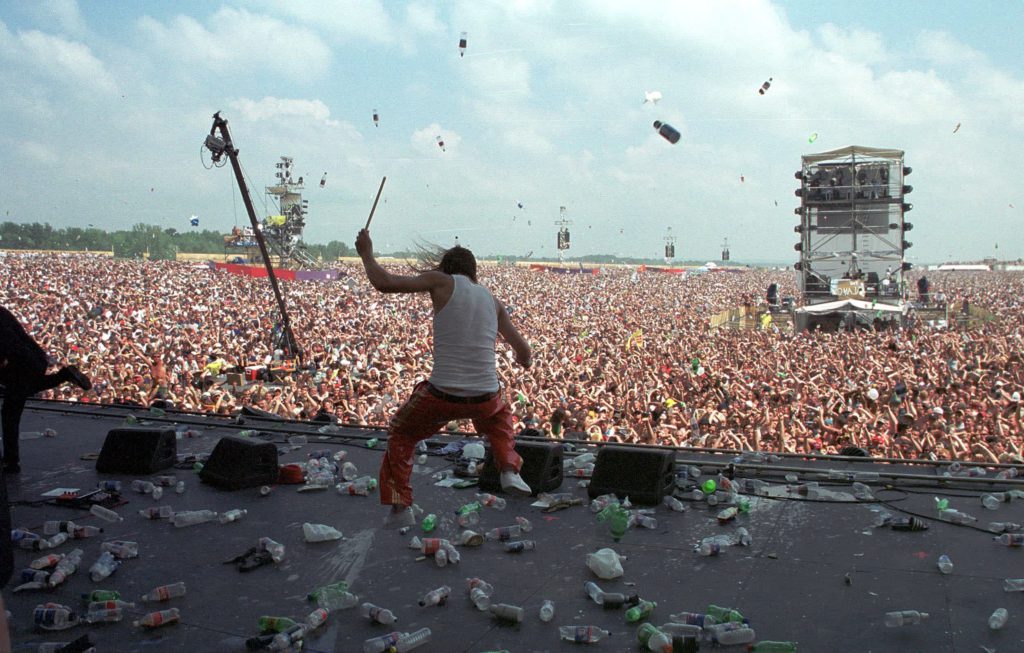
The millennium’s most infamous music festival collapsed under corporate greed, violence, and environmental hazards in Rome, New York, leaving a $70 million trail of destruction behind. You faced $4 water bottles while temperatures soared past 100 degrees Fahrenheit on the scorching tarmac of a former Air Force base. Over 400,000 attendees endured filthy portable toilets, contaminated water supplies, and widespread price gouging.
Riots erupted during the Red Hot Chili Peppers’ closing set, when candles meant for an anti-gun violence vigil turned into a way to torch vendor stands and destroy equipment. Multiple women reported sexual assaults in the mosh pits during Korn and Limp Bizkit’s sets, while three attendees died from heat-related causes. The festival’s security team proved powerless against the chaos, forcing New York State Police to intervene.
The Station Nightclub Fire
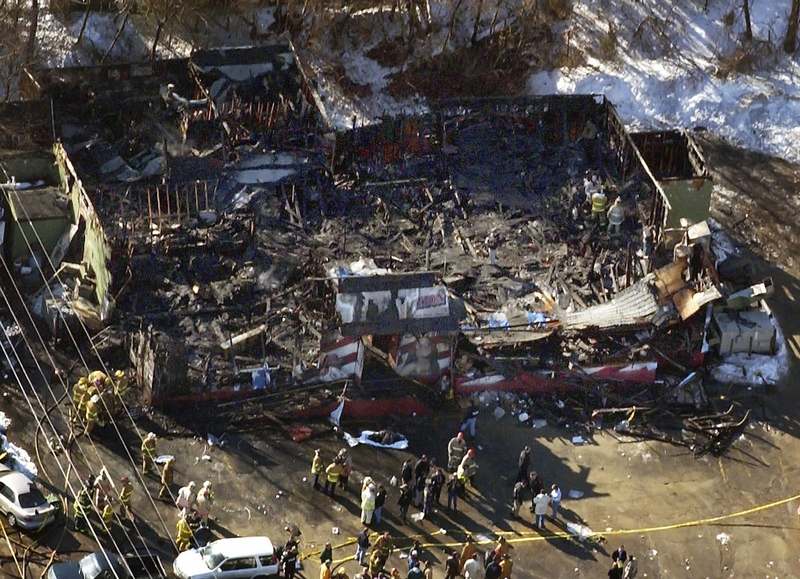
Great White’s pyrotechnics show at The Station nightclub sparked a devastating fire that killed 100 music fans and injured 230 others in West Warwick. You can trace the causes back to highly flammable acoustic foam panels along the club’s walls, which lacked proper fire retardant treatment. Fire safety regulations underwent a complete overhaul after investigators discovered multiple violations that contributed to the high death toll and mass injuries.
The 2000 Roskilde Festival
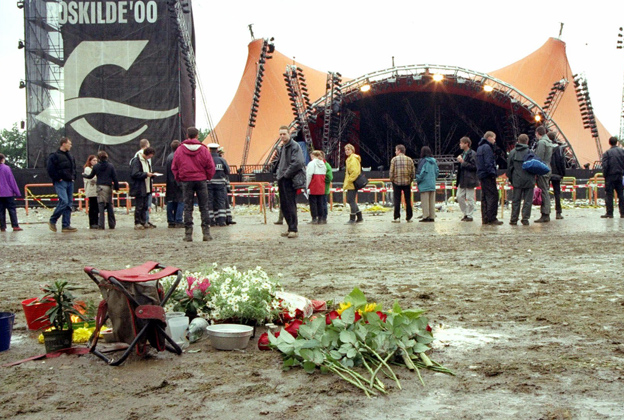
Pearl Jam’s headlining set turned deadly when nine fans suffocated in a crowd crush at Denmark’s biggest music festival. Festival organizers failed to notice the growing density of the crowd as thousands pushed forward during the band’s evening performance. The victims, ranging from 17 to 26 years old, were trapped and crushed to death as the mass of people created an unstoppable human wave.
Security teams struggled to reach victims through the dense crowd while Pearl Jam continued playing, unaware of the tragedy unfolding. You can see Roskilde’s influence in modern crowd control barriers, which prevent dangerous crowd surges through sectioned viewing areas. Festival organizers worldwide adopted new safety protocols after this preventable disaster, including elevated observation posts and emergency crowd dispersal plans.
The Coconut Grove Fire
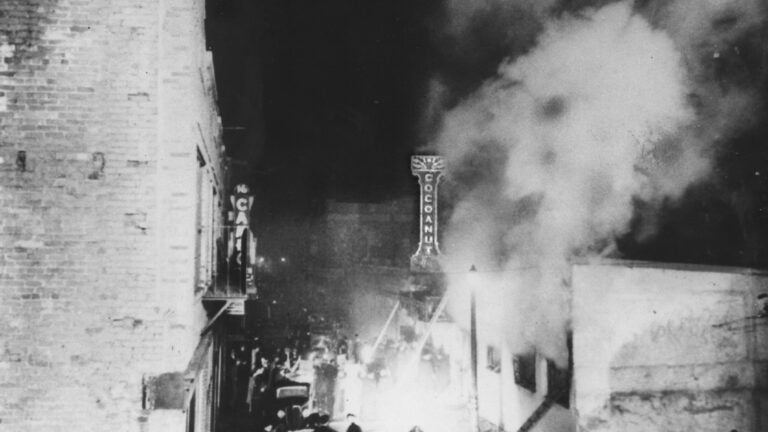
Boston’s deadliest fire reshaped safety standards across the United States after claiming 492 lives at the Coconut Grove nightclub. You would not recognize the primitive safety measures of 1942 when revolving doors trapped hundreds of panicked patrons inside the burning building. Modern fire exit requirements, occupancy limits, and decoration restrictions stem directly from this catastrophic event.
The Indiana State Fair Stage Collapse
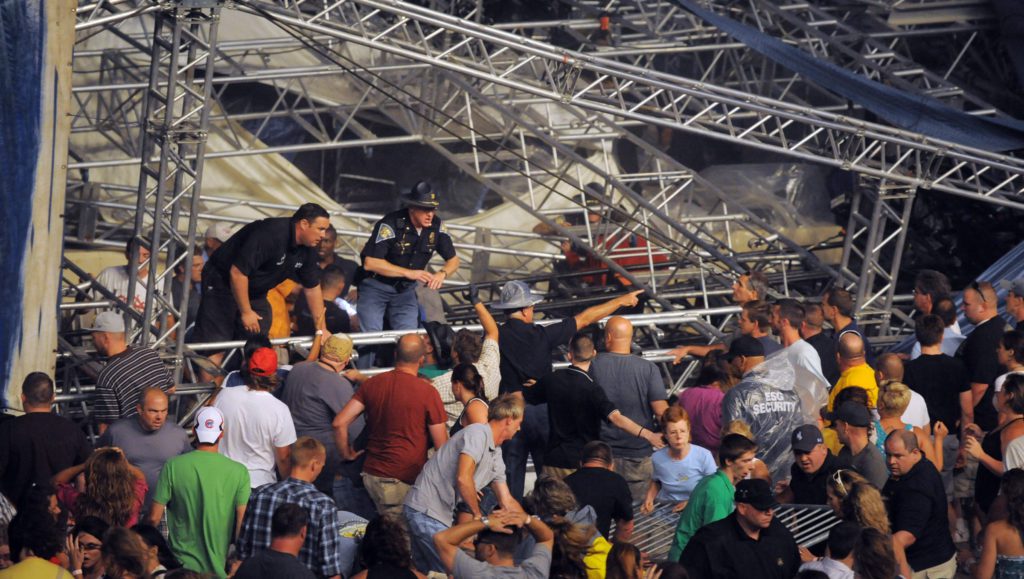
Storm clouds gathered over the Indiana State Fair as 12,000 fans waited to see Sugarland on August 13, 2011. Wind gusts reached 70 mph when the temporary stage structure buckled, sending steel scaffolding and equipment crashing into the crowd below. Seven people died instantly while 58 others suffered severe injuries from falling debris.
National Weather Service warnings went unheeded as fair officials delayed evacuation decisions. You might notice more weather monitoring equipment at outdoor concerts today because of this tragedy. Stage construction standards changed nationwide to prevent future collapses, requiring engineering certification and wind-speed monitoring systems at all temporary concert structures.
The Route 91 Harvest Festival Shooting
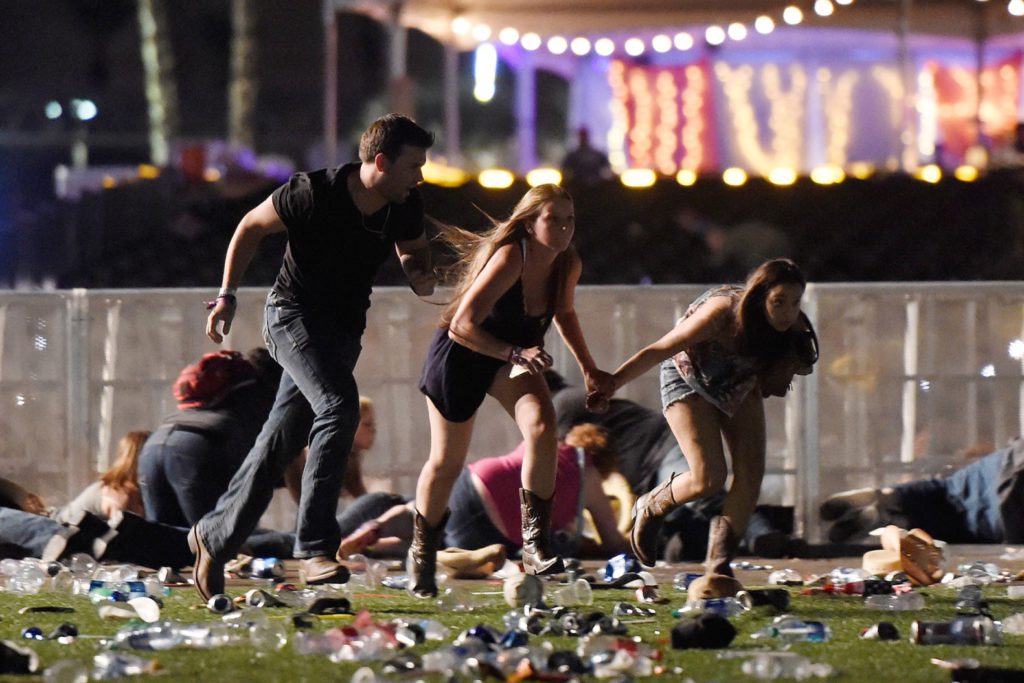
A gunman fired more than 1,000 rounds into a crowd of 22,000 country music fans from his 32nd-floor hotel room at Mandalay Bay. Las Vegas police needed 11 minutes to locate the shooter while concert-goers scrambled for cover during Jason Aldean’s headline performance. The attack killed 61 people and left more than 800 with gunshot wounds and injuries from the ensuing panic.
The tragedy exposed vulnerabilities in outdoor venue security and led to sweeping changes in festival planning. You now see enhanced security measures at festivals, including more rigorous bag checks, increased police presence, and mandatory venue threat assessments. The music industry adopted new protocols for securing outdoor venues, including pre-event hotel room surveillance and enhanced emergency response planning. The reasons behind the attack and its true nature continue to be questioned today.
The 2017 Ariana Grande Concert Bombing
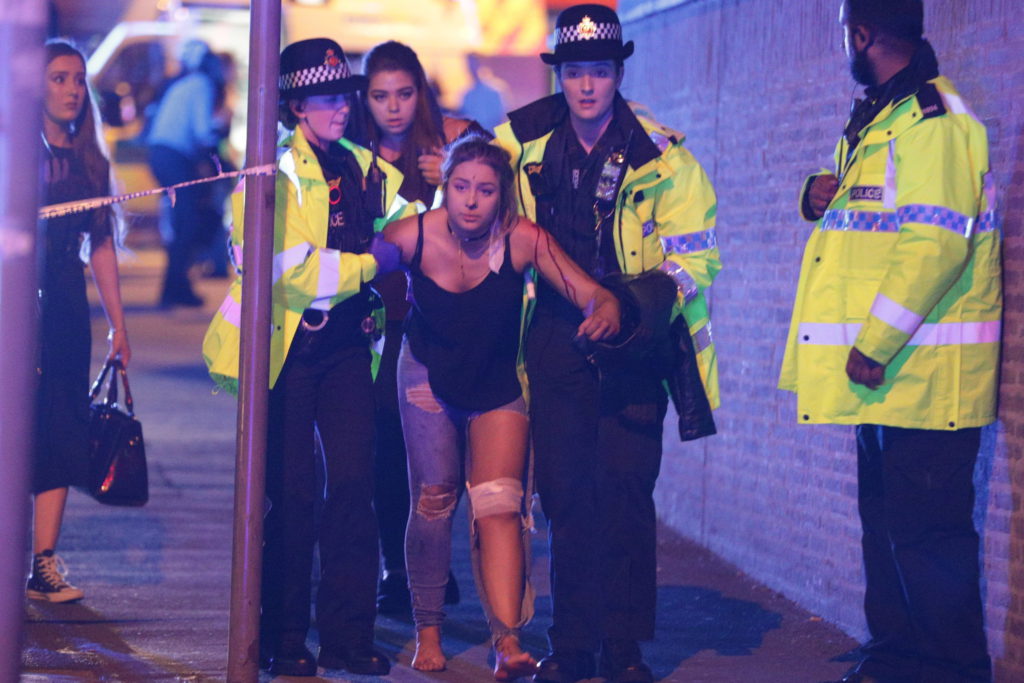
A suicide bomber detonated an explosive device in the arena’s foyer as young fans exited Ariana Grande’s concert on May 22, 2017. The blast killed 22 people, including an eight-year-old girl, and sent shrapnel tearing through the crowd, injuring more than 1,000 others. The attack specifically targeted children and teenagers, making it one of music history’s most heartbreaking tragedies.
Manchester’s response created new international standards for protecting concertgoers. You encounter stricter security screening at arena shows because of this tragedy, including mandatory bag size restrictions and enhanced explosive detection. The event sparked worldwide changes in venue security protocols, reinforcing blast barriers and implementing staggered exit times to prevent crowds from gathering in vulnerable areas.




